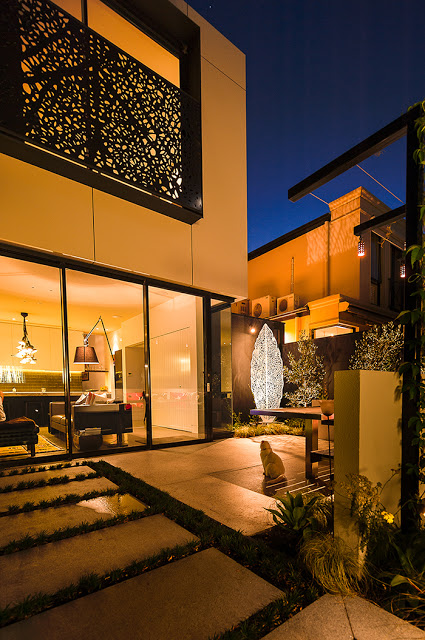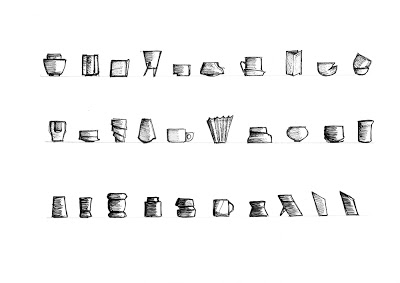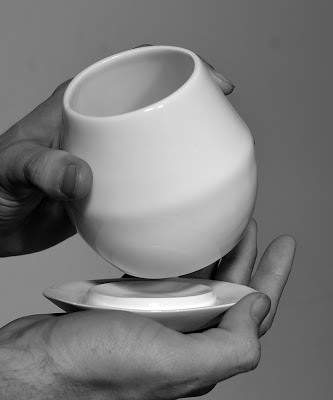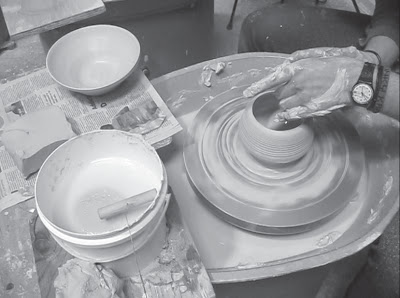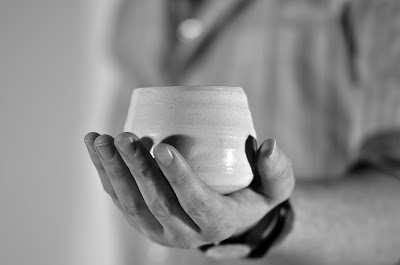Lump Chat – with Chris Herman
For something a little special over Easter, I asked Hermy to share with us his thoughts about the differences and similarities between his own personal creative practice and that of Lump. And here is what he had to say.
OPINION
How does one creative practice influence the other, remoteness vs. immediacy of mediums and what are the benefits of both?
A reflection on my own creative practice as an industrial designer.
In my spare time, away from the land of lump and metal sculpture I produce ceramic objects to both facilitate and compliment my own personal creative practices. As designers and artists I believe that we are the custodians of cultural artifacts. It is our responsibility to critique, provoke and enhance the value of social objects and everyday use patterns.
That is my spiel anyway. When Timothea asked me to write something that depicted the differences and similarities between my work at home and my role within lump I was fascinated to reflect on the co-dependencies that each has on one another.
Ceramics as a medium is inherently fluid and depends solely on the ‘creator’ to manipulate and define the eventual form, an extension of the artists or designers hand. This allows immediate and tangible visual ideation and propositional form making with the hands. And an instant realization of an idea that can be evaluated extrapolated or discarded in an instant.
I find this process invaluable when trying to turn off the rational side of my concept development process in order to generate a fuller and more conceptual body of work in which to harvest ideas from.
To the contrary, and in many ways oppositional, I will often turn to thumbnail sketching and modelling software to realise the working details and physical functions of an idea or design. This disconnection or perceived remoteness is I believe underrated as an important and inherently thorough creative process.
I find that projects require a depth of exploration into the plethora of innovative manufacturing and distillation processes that are adopted in conceptual work. This ‘doing of digital design’ is in my opinion often overlooked throughout a project period. The simple act of visually communicating an idea or concept within a digital space (e.g. a jpeg or movie file attached in an email) has impacted on how I perceive the agrarian romance of a traditional method. I think that what is often misinterpreted is the importance of digital design in the production and realisation of a very ideal and fluid creation based process. Without these elements many propositional and grand gesture type objects cannot be realised or distilled into the final outcome. This is something that we do very well at lump studio, evidenced by the 2 conversations I have had this week by sculptors calling the studio requiring guidance in producing their vision.
As an industrial designer we are often separated from this handcrafting process. And more than likely will spend our time working on tooling that creates the form for us. Thus remotely creating our designed objects through a computer mouse, or simple prototypes that will someday manifest into a mould or tooling part. Yet we rarely get to experience this very sincere connection with the user of our designed products. Baudrilliard writes that the ultimate and most valuable thing a human can pay for is another human’s time and labour (Fuad-Luke, 2009). It is the most exclusive and unattainable object.
For me, to achieve a satisfying outcome, I am confident it is impossible without exercising both immediate intrinsic creation with remote design tools and processing.
Images courtesy of Chris Herman

